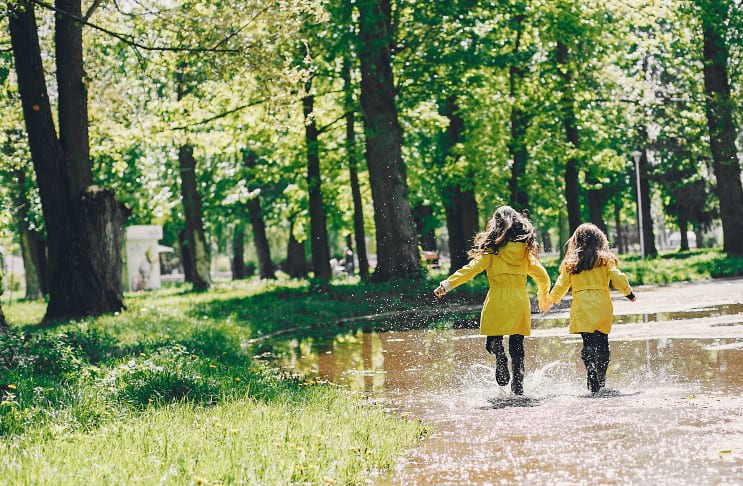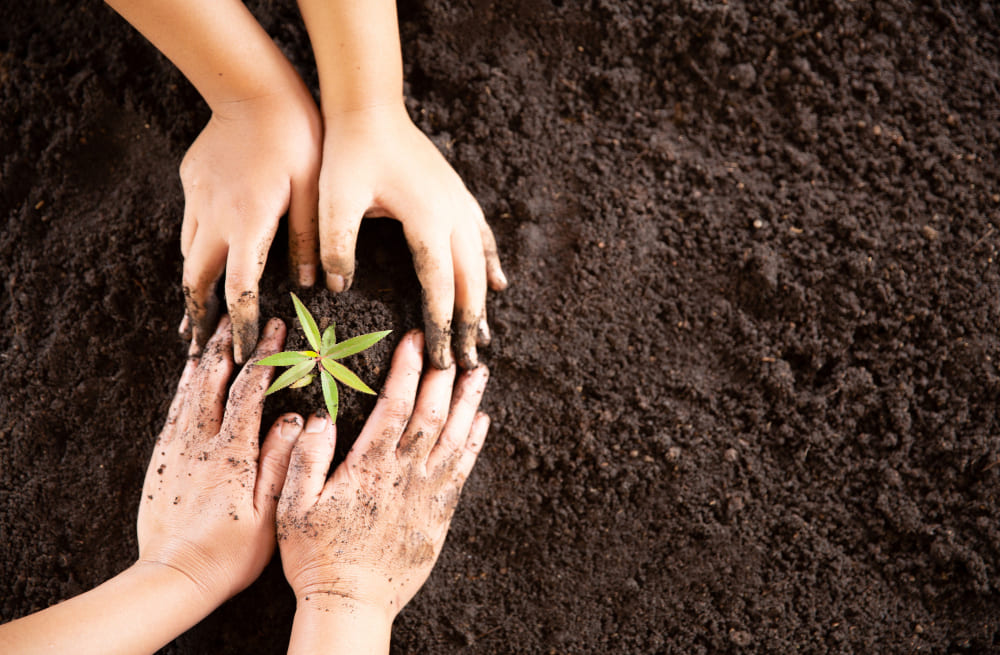As the rainy season brings a much-needed respite from the seemingly never-ending heat, it also brings increased humidity and a few challenges! Whether it’s those wet umbrellas, soppy shoes, damp walls, soaked clothes or moisture in the air – these can all lead to a host of fungal and bacterial growth in and around your house. Young children can also be more susceptible to falling ill during this time.
Here are a few tips to help you keep your little ones protected, happy and healthy:
* The rainy season brings with it several waterborne diseases like typhoid. Boil or filter your water before use.
* Cover all water containers, these become breeding grounds for mosquitoes which can carry dengue and malaria.
* Increase your little one’s intake of hot beverages and soups, to avoid throat problems.
* Avoid oily, take-away foods if possible and enjoy fresh homemade meals, rich in Vitamin C. Add a pinch of turmeric and cardamom powder to your child’s milk, this helps increase immunity. Every morning you can give them two leaves of tulsi, which contains anti-inflammatory properties.
* Make use of the time indoors and organize some fun activities or have a board game night!
* Dress your little ones comfortably – soft and light clothing for the humidity during the day and add an extra layer of clothing with full sleeves to keep them warm in the nights.
* Wetness and dampness increase the chances of infections. Have your little ones change out of wet clothes immediately if they get caught in the rain.
* Change your baby’s nappies more frequently. Prolonged wetness could result in diaper rashes or fungal infections.
* Fever, body ache and sneezing are classic symptoms of typical seasonal-induced illnesses and could even indicate the onset of viral infections. Contact your paediatrician right away and take the measures necessary to combat the illness in its nascent stage.
Don’t forget to keep warm and dry. By taking a few cautious steps, you and your little ones can enjoy the rainy, breezy weather together – guilt-free!





 I know better. But I still have those moments with my 5-year old. For instance, she sometimes plays with her food and resists eating what is on her plate. I am usually very patient but there are days when I lose it.
I know better. But I still have those moments with my 5-year old. For instance, she sometimes plays with her food and resists eating what is on her plate. I am usually very patient but there are days when I lose it.